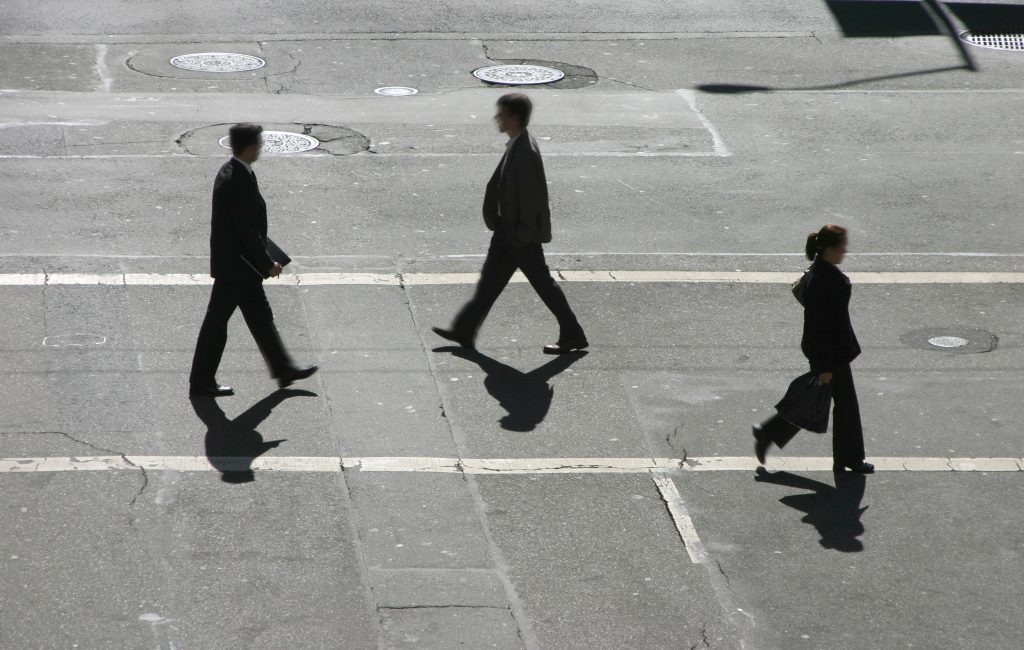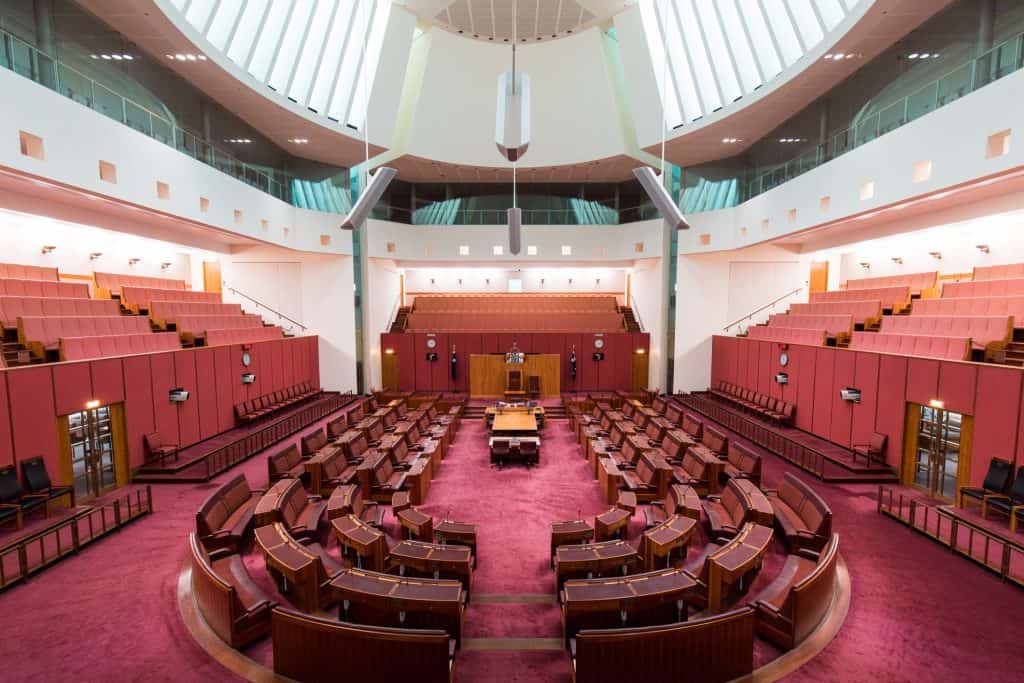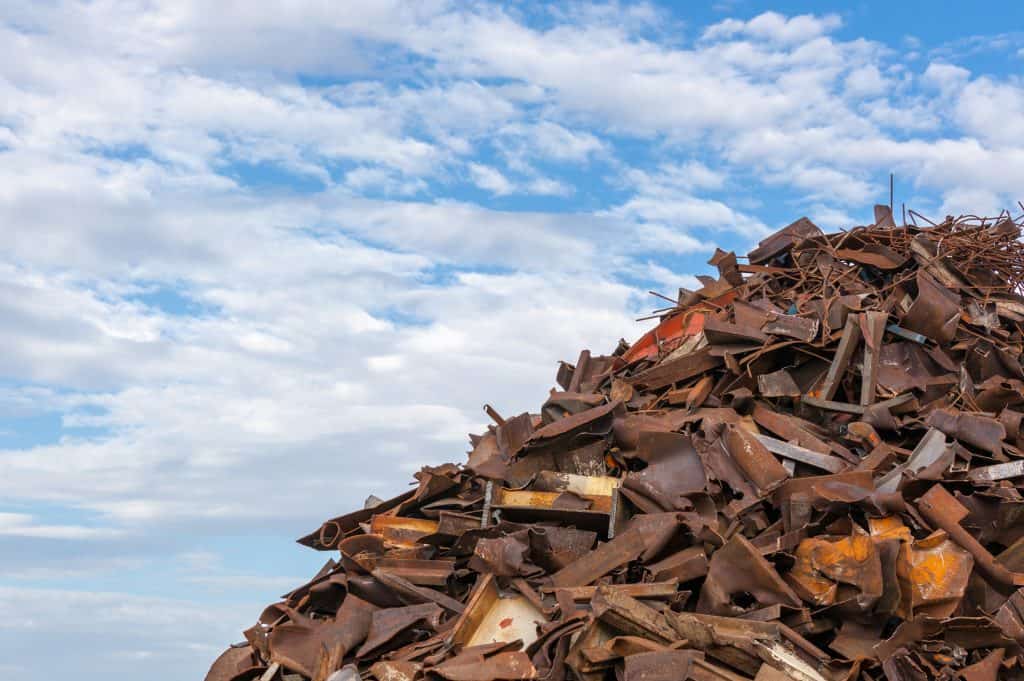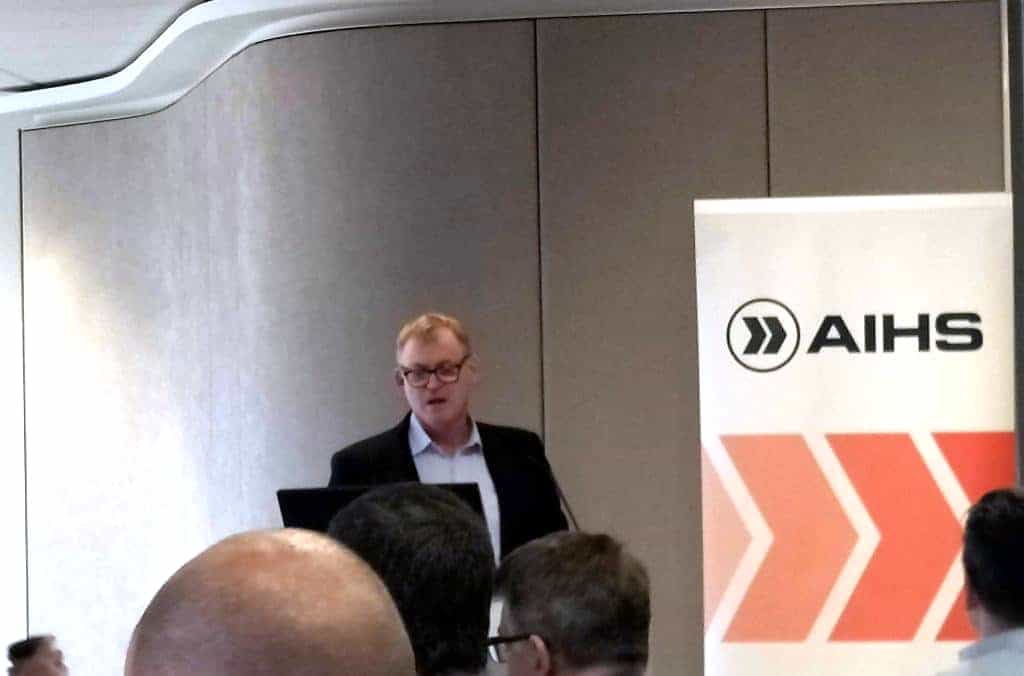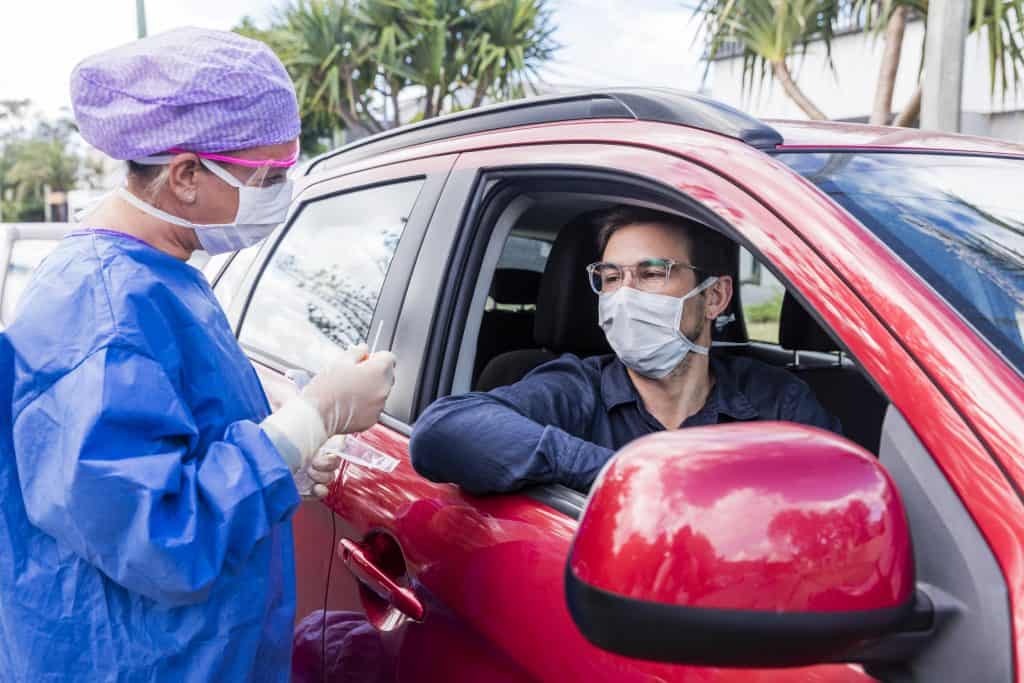
Business management, including safety management, talks about “step changes”, new paradigms and a lot of jargon. Part of the use of this language is an attempt to manage progress and change in small comprehensible chunks. But it can also expose business owners to short-term fads, giving rise to frustration and cynicism about occupational health and safety (OHS).
One example of the step change mindset was on display several years ago in LinkedIn where the image above was posted, sadly, with no context. The before/after structure of this graphic is often used in the management of workplace health and safety.

